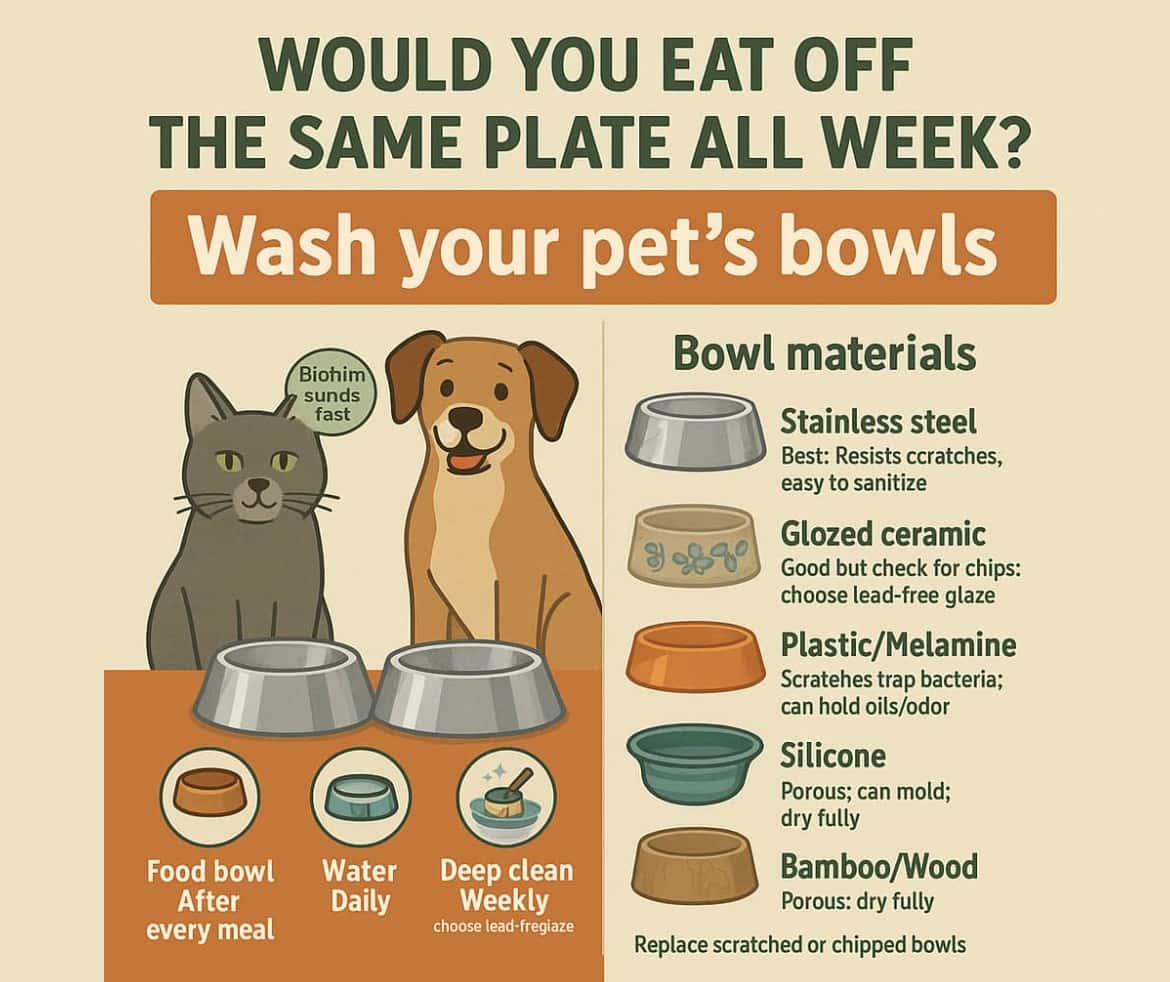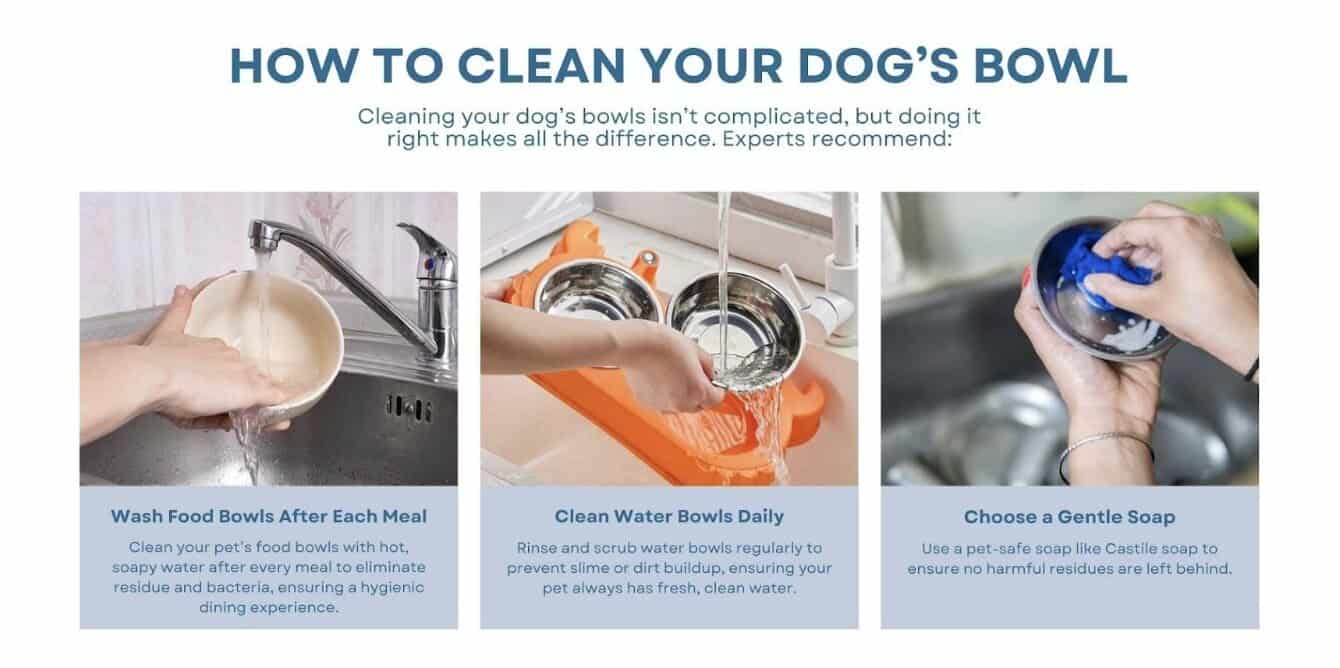How often should you clean your pet's bowl?
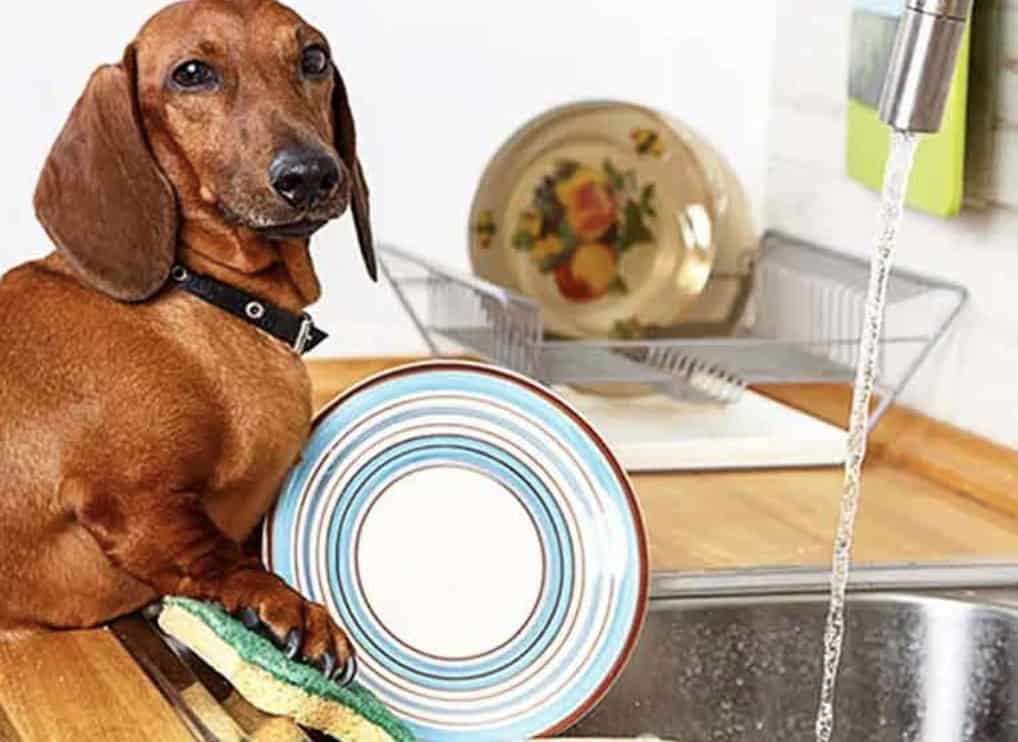
Did you know that your pet's water bowl is the third most contaminated item in your household?
Cleaning pet bowls prevents the growth of bacteria and mold that can cause illness in pets and humans, prevents the spread of parasites, maintains food quality, and reduces the risk of skin irritation. Regular cleaning, even daily, is crucial for avoiding bacterial biofilms, which can lead to infections, gastrointestinal issues, and other serious health problems in both pets and their owners.
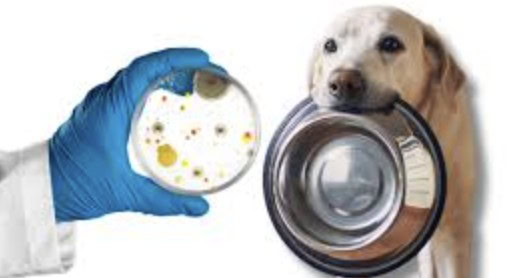
Health Risks of Dirty Bowls
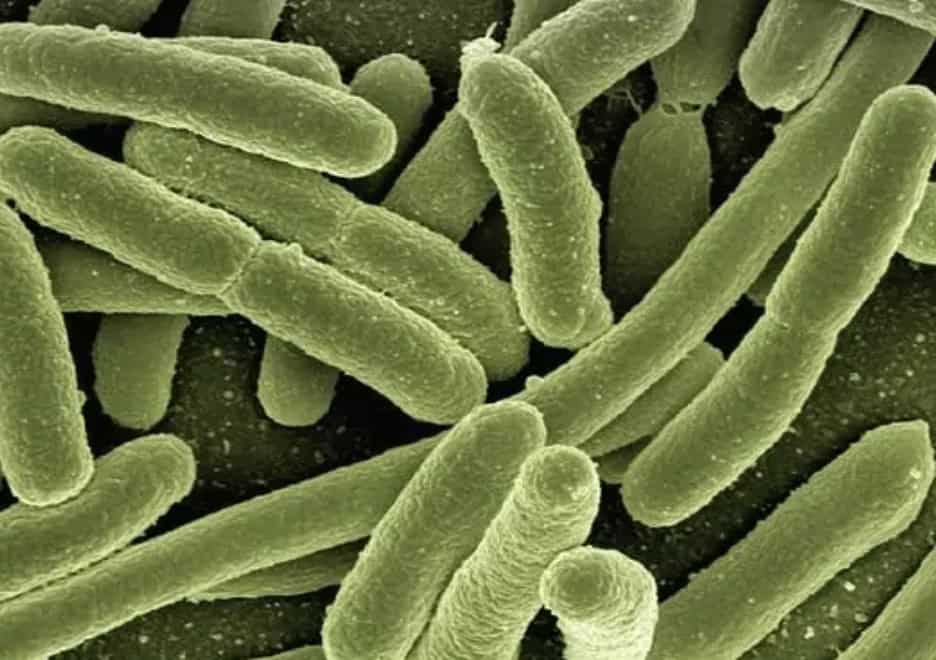
- Bacterial & Mold Growth: Leftover food and moisture create an ideal environment for bacteria like Salmonella and E. Coli. Mold and mildew can also grow. This can cause foodborne illnesses, infections, and digestive issues in pets and humans.
- Biofilms: Bacteria in bowls can form slimy biofilms that are hard to remove and harbor a wide range of harmful microorganisms, which can lead to infections and inflammation.
- Parasite Transmission: Dirty bowls can attract pests like flies and ants, which can carry parasites that contaminate food and spread to your pet.
- Bad Food Quality: Food left in a dirty bowl can spoil, losing nutritional value and becoming unpleasant, which can affect your pet’s diet and health.
- Skin Issues: Contact with bacteria and mold in dirty bowls can lead to skin irritation and allergies in pets.
How often should I clean my pet's bowls?
Food Bowls: After every meal, especially for raw food eaters. Blowls can become really gross, very fast!
Water Bowls: They should be cleaned daily. While pets are not picky, a good wash will help keep them clean and fresh.
